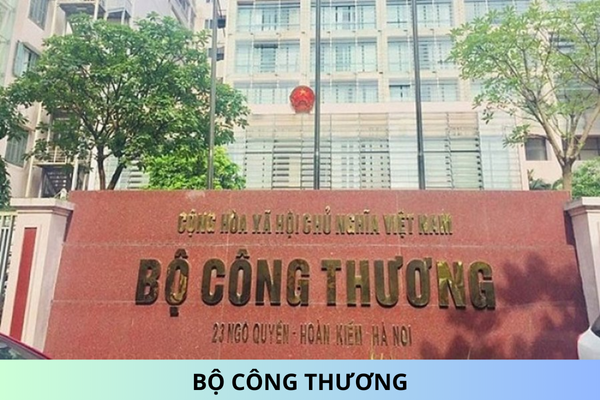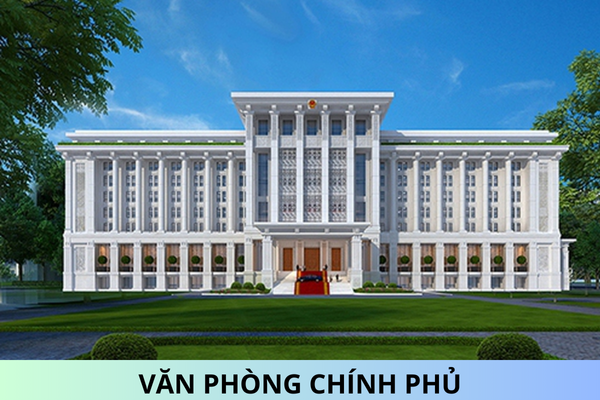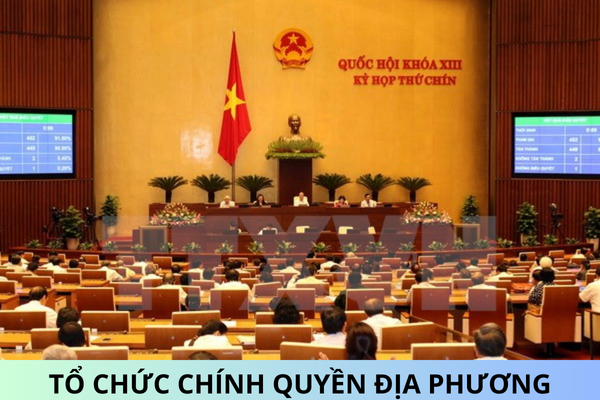What are the beneficiaries of seniority allowance after the implementation of the salary reform policy in Vietnam?
What are the beneficiaries of seniority allowance after the implementation of the salary reform policy in Vietnam? - Ms. Thao (Da Nang)
What are the beneficiaries of seniority allowance after the implementation of the salary reform policy in Vietnam?
At Subsection 3.1, Section 3 of Resolution 27-NQ/TW in 2018, the projected beneficiaries of seniority allowance after the implementation of the salary reform are as follows:
Content of reform
3.1. For civil servants, public employees and the armed forces (public sector)
...
d) Realigning the current allowance regimes to ensure that the total allowance fund accounts for up to 30% of the total salary fund
- Continue to apply the following allowances: allowance for concurrent positions; allowance for seniority beyond the framework; allowance for the region; allowance for responsibility for the job; allowance for mobility; allowance for serving national security and defense; and special allowance for the armed forces (army, police, and technical).
- Merge the following allowances into a single allowance for the profession: allowance for preferential treatment according to the profession, allowance for responsibility according to the profession, and allowance for toxicity and danger. This allowance will apply to civil servants of occupations and jobs with working conditions that are higher than normal and have appropriate policies of the State (education and training, health care, courts, prosecution offices, civil execution offices, inspection, examination, auditing, customs, forest protection, and market management). Combine the special allowance, the attraction allowance, and the allowance for long-term work in areas with particularly difficult socio-economic conditions into the allowance for work in particularly difficult areas.
- Abolish the following allowances: seniority allowance for the profession (except for the army, the police, and the technical staff to ensure the salary correlation with civil servants); leadership allowance (as the leadership positions in the political system are implemented by ranking the leadership positions); party work allowance, political-social organization allowance; public service allowance (as it has been incorporated into the basic salary); and allowance for toxicity and danger (as the working conditions with elements of toxicity and danger have been incorporated into the allowance for the profession).
- Establish a new allowance regime based on the classification of administrative units for commune, district, and provincial levels.
- Implement a uniform monthly allowance fund for non-professionals at the commune, village, and neighborhood levels based on the regular spending ratio of the commune People's Committee; at the same time, specify the maximum number of non-professionals for each type of commune, village, and neighborhood. On this basis, the commune People's Committee submits to the People's Council at the same level to specify the specific positions that are entitled to allowances, with the direction that one position can perform multiple tasks but must ensure the quality and efficiency of the assigned tasks.
Therefore, it is projected that only the following 3 categories will be entitled to seniority allowance after the implementation of the salary reform policy to ensure salary correlation with civil servants:
1) Military
2) Public Security
3) Cipher
In addition, after the implementation of the salary reform, the following allowances will also be abolished:
- Leadership allowance (as the leadership positions in the political system are implemented by ranking the leadership positions);
- Party work allowance, political-social organization allowance; public service allowance (as it has been incorporated into the basic salary);
- Allowance for toxicity and danger (as the working conditions with elements of toxicity and danger have been incorporated into the allowance for the profession) will also be abolished.
What are the beneficiaries of seniority allowance after the implementation of the salary reform policy in Vietnam? - Source: Internet
What is the current seniority allowance for Public Security workers in Vietnam?
Pursuant to Clause 1 Article 10 of Decree 49/2019/ND-CP stipulating the seniority allowance regime for Public Security workers in Vietnam as follows:
Seniority allowance regime for Public Security workers
1. Amount of allowance
Police workers who have served in the Vietnam People's Public Security Force for at least 5 years (60 months) are entitled to a seniority allowance equal to 5% of their current salary plus leadership allowance and seniority allowance beyond the framework (if any); from the sixth year onwards, each year (12 months) is calculated at an additional 1%.
Seniority allowance is paid monthly and is used to calculate social insurance, health insurance, unemployment insurance, and occupational accident and occupational disease insurance contributions and benefits.
...
Therefore, Public Security workers who have served in the Vietnam People's Public Security Force for at least 5 years will be entitled to a seniority allowance of 5% calculated based on their current salary, including all allowances.
Note: Starting from the sixth year onwards, each year of service will be calculated at an additional 1% of the seniority allowance.
What are the periods of time that are not included in the seniority allowance for Public Security workers in Vietnam?
Pursuant to Clause 3 Article 10 of Decree 49/2019/ND-CP stipulating regulations on periods of time that are not included in the seniority allowance:
Seniority allowance regime for police workers
...
2. Periods of time included in the allowance
a) Time served in the Vietnam People's Public Security Force;
b) Time spent enjoying seniority allowance in other industries, which is combined with the time specified in point a of this clause to calculate seniority allowance.
3. Periods of time not included in the allowance
a) Time spent on leave without pay for a continuous period of 1 month or more;
b) Time spent on sick leave or maternity leave beyond the prescribed period of the Social Insurance Law;
c) Time spent on temporary suspension from duty or being detained, arrested, and then disciplined with dismissal.
As regulations above, periods of time not included in the allowance of Public Security workers in Vietnam are:
- Time spent on leave without pay for a continuous period of 1 month or more;
- Time spent on sick leave or maternity leave beyond the prescribed period of the Social Insurance Law;
- Time spent on temporary suspension from duty or being detained, arrested, and then disciplined with dismissal.
Best regards!











